Home>Furniture>Living Room Furniture>How To Get Mold Off Of Patio Cushions
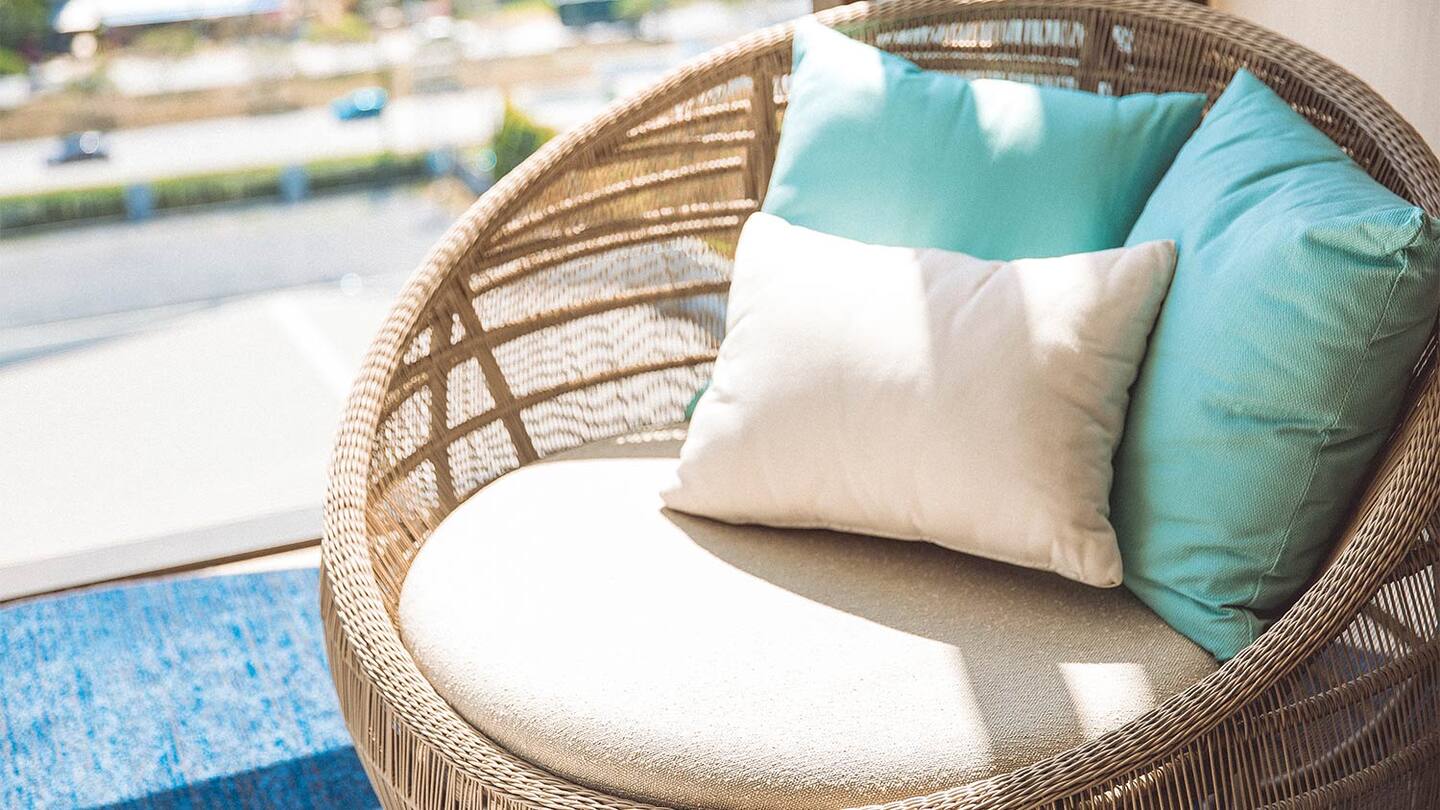

Living Room Furniture
How To Get Mold Off Of Patio Cushions
Modified: March 16, 2024
Remove mold from your patio cushions with these easy steps! Say goodbye to pesky mold and enjoy your clean and fresh living room furniture.
(Many of the links in this article redirect to a specific reviewed product. Your purchase of these products through affiliate links helps to generate commission for Storables.com, at no extra cost. Learn more)
Introduction
Welcome to our comprehensive guide on how to get mold off of patio cushions. If you’re a proud owner of outdoor furniture, you know how important it is to keep your patio cushions clean and well-maintained. Unfortunately, outdoor cushions are exposed to various natural elements such as rain, humidity, and even mold.
Mold is not only unsightly but can also pose health risks, especially for individuals with allergies or respiratory conditions. Therefore, it’s crucial to address mold growth on your patio cushions as soon as you notice it. In this article, we will provide you with step-by-step instructions on how to effectively remove mold from your patio cushions.
Before we dive into the cleaning process, let’s understand why it’s essential to tackle mold growth on your patio cushions promptly.
Key Takeaways:
- Regularly cleaning and removing mold from patio cushions not only keeps them looking nice but also prevents health issues and extends their lifespan, ensuring a comfortable and inviting outdoor space.
- After cleaning, prevent future mold growth by maintaining proper drainage, using breathable covers, and considering mold-resistant cushions, ensuring long-lasting cleanliness and freshness.
Read more: How To Get Pollen Off Patio Cushions
Importance of Cleaning Patio Cushions
Keeping your patio cushions clean goes beyond just maintaining their appearance. Here are a few reasons why regular cleaning and mold removal are essential:
- Prolonging the lifespan of your cushions: Mold growth can deteriorate the fabric and padding of your patio cushions, causing them to become weak and less supportive. Regular cleaning helps preserve their integrity and extends their lifespan.
- Preventing health issues: Mold spores can trigger allergies and respiratory problems, leading to coughing, sneezing, and difficulty breathing. By promptly removing mold from your cushions, you can create a healthier outdoor environment for you and your family.
- Improving aesthetics: Mold stains can make your patio cushions look dirty and unappealing. Proper cleaning not only eliminates mold but also restores the visual appeal of your outdoor furniture, making your patio a more inviting space.
- Maintaining comfort: Cushions infested with mold can harbor unpleasant odors, making your outdoor seating area less enjoyable. By cleaning and removing mold, you can ensure a comfortable and pleasant outdoor experience.
Now that we understand the importance of cleaning and removing mold from your patio cushions, let’s move on to the materials you’ll need for the cleaning process.
Materials Needed
Before you begin the process of removing mold from your patio cushions, make sure you have the following materials:
- Gloves: To protect your hands from any harsh chemicals and mold spores, it’s important to wear gloves throughout the cleaning process.
- Face Mask: For added protection, wearing a face mask is recommended, especially if you’re sensitive to mold or working with heavily contaminated cushions.
- Bristle Brush: A bristle brush, such as a scrub brush or a soft-bristle toothbrush, will be used to remove loose mold and debris from the cushions’ surface.
- Cleaning Solution: You have a few options for a cleaning solution. One effective solution is a mixture of warm water and mild dish soap. Alternatively, you can use a mixture of white vinegar and water or hydrogen peroxide diluted with water.
- Spray Bottle: You’ll need a spray bottle to apply the cleaning solution to the cushions. This will allow for even distribution and better coverage.
- Scrubbing Pad or Sponge: You’ll need a scrubbing pad or sponge to scrub the cushions and remove the mold stains. Look for a gentle scrubbing pad or a non-abrasive sponge to avoid damaging the fabric.
- Hose or Bucket of Water: You’ll need access to water to rinse off the cushions thoroughly after scrubbing. If possible, use a hose for easy and efficient rinsing. Alternatively, you can use a bucket of clean water.
- Sunlight or Well-Ventilated Area: Lastly, you’ll need a place to dry the cushions properly. Choose a spot in direct sunlight or a well-ventilated area to ensure the cushions dry completely and prevent mold growth.
Now that you have all the necessary materials, let’s move on to the step-by-step process of removing mold from your patio cushions.
Step 1: Remove Cushions from Patio Furniture
The first step in cleaning mold off your patio cushions is to remove them from the patio furniture. This will allow you to have better access to all sides of the cushion and ensure a thorough cleaning. Follow these steps to safely remove the cushions:
- Start by locating the fasteners or ties that secure the cushions to the furniture. These can be in the form of Velcro, ties, or straps.
- Unfasten or untie the cushions one at a time, carefully removing them from the respective chair or bench. Take your time to avoid any tearing or damage to the cushions.
- If the cushions are heavily soiled or have excessive mold growth, consider placing them in a plastic bag or covering them with a sheet to prevent the spread of mold spores while transporting them.
- Place the cushions on a clean, dry surface such as a tarp or old sheet to prepare them for the cleaning process.
By removing the cushions from the patio furniture, you ensure that no areas are missed during the cleaning process. It also allows you to clean the furniture itself, ensuring a fresh and mold-free outdoor space.
Now that the cushions are ready for cleaning, let’s move on to the next step: brushing off any loose mold and debris.
Step 2: Brush off Loose Mold and Debris
Before you proceed with the cleaning process, it’s essential to brush off any loose mold and debris from the surface of the patio cushions. This step ensures that you’re working with a clean canvas and allows the cleaning solution to penetrate more effectively. Follow these steps to brush off the loose mold and debris:
- Put on your gloves and a face mask to protect yourself from any potential mold spores.
- Using a bristle brush or a soft-bristle toothbrush, gently scrub the surface of the cushions. This will help dislodge any loose mold, dirt, or debris that may have accumulated.
- Pay close attention to the corners, seams, and crevices of the cushions, as these areas are more prone to mold growth.
- Try to brush in a downward motion to prevent pushing the mold spores further into the fabric.
- Continue brushing until you’ve removed as much loose mold and debris as possible.
- Once you’ve finished, make sure to clean the bristle brush or toothbrush thoroughly to prevent the spread of mold spores.
By brushing off the loose mold and debris, you’re preparing the cushions for the next step: preparing a cleaning solution. This ensures that the cleaning solution can effectively target the mold stains and deep-clean the fabric.
Now that you’ve cleared the surface of the cushions, let’s move on to step 3: preparing a cleaning solution.
Read more: How To Get Mildew Off Patio Cushions
Step 3: Prepare a Cleaning Solution
Now that you have removed the loose mold and debris, it’s time to prepare a cleaning solution to effectively tackle the mold stains on your patio cushions. There are a few different options for cleaning solutions that work well for mold removal. Choose one of the following options:
- Warm Water and Mild Dish Soap: This is a gentle yet effective cleaning solution. Fill a bucket or a basin with warm water and add a few drops of mild dish soap. Mix it well to create a soapy solution. Make sure not to use an excessive amount of soap, as it can leave a residue on the cushions.
- White Vinegar and Water: White vinegar is known for its antimicrobial properties and is effective in killing mold. Mix equal parts of white vinegar and water in a spray bottle or a bucket. This solution is particularly useful for stubborn mold stains.
- Hydrogen Peroxide and Water: Hydrogen peroxide is another effective mold remover. Dilute hydrogen peroxide with water in a 1:1 ratio. Use this solution if you have deep-set mold stains on your cushions.
Choose the cleaning solution that suits your preference and the severity of the mold stains. Once you have prepared the cleaning solution, you are ready to move on to the next step: scrubbing the cushions.
Are you looking forward to having clean and mold-free patio cushions? Let’s dive into the next step: scrubbing the cushions to remove those stubborn mold stains!
Mix equal parts water and white vinegar in a spray bottle. Spray the solution onto the moldy areas of the patio cushions and let it sit for 15 minutes. Scrub the cushions with a brush, then rinse with water and let them air dry in the sun.
Step 4: Scrub the Cushions
Now that you have prepared your cleaning solution, it’s time to tackle the mold stains on your patio cushions. Scrubbing the cushions will help to loosen and remove the mold, restoring their cleanliness and appearance. Follow these steps to effectively scrub the cushions:
- Put on your gloves and a face mask to protect yourself from any potential mold spores and the cleaning solution.
- If using a spray bottle, spray the cleaning solution generously onto the surface of the cushions. Ensure that the entire area affected by mold is covered.
- If using a bucket, dip the scrubbing pad or sponge into the cleaning solution and squeeze out any excess before applying it to the cushions.
- Gently scrub the cushions in circular motions, focusing on the areas with mold stains. Apply moderate pressure to dislodge the mold and lift the stains. Be cautious not to scrub too vigorously, as this could damage the fabric.
- Continue scrubbing until you’ve treated all the visible mold stains on the cushions.
- If necessary, reapply the cleaning solution and scrub again for stubborn mold stains.
- Pay special attention to the corners, crevices, and seams of the cushions, as mold tends to accumulate in these areas.
By scrubbing the cushions, you are actively removing the mold and breaking up the mold stains. This step prepares the cushions for the next step: rinsing them thoroughly to remove all traces of the cleaning solution and mold residue.
Are you ready to see your patio cushions looking fresh and clean? Let’s move on to step 5: rinsing them thoroughly!
Step 5: Rinse Thoroughly
After scrubbing the cushions to remove the mold stains, it’s essential to rinse them thoroughly to remove any remaining cleaning solution, mold residue, and loosened mold spores. Proper rinsing ensures that your patio cushions are entirely clean and ready for the next step. Follow these steps to rinse the cushions thoroughly:
- Select an outdoor area with access to a hose or a bucket of clean water.
- If you’re using a hose, turn on the water to a medium pressure and gently spray the cushions. Start from the top and work your way down, ensuring that all parts of the cushions are rinsed.
- If you don’t have a hose, you can use a bucket of clean water. Dip a clean sponge or cloth into the water and wring out any excess water. Wipe down the cushions, making sure to remove any remaining cleaning solution.
- Continue rinsing until the water runs clear, indicating that all the cleaning solution and mold residue have been removed.
- Pay special attention to the corners, crevices, and seams of the cushions, as these areas can trap residue.
- Once thoroughly rinsed, give the cushions a gentle squeeze to remove excess water.
Rinsing the cushions is crucial to remove any traces of the cleaning solution and mold residue. By doing so, you ensure that your patio cushions are clean and ready for the final step: allowing them to dry completely.
Ready to complete the cleaning process? Let’s move on to step 6: allowing the cushions to dry.
Step 6: Allow Cushions to Dry
After rinsing the patio cushions, it’s crucial to allow them to dry completely before placing them back on your furniture. Proper drying ensures that no moisture remains, preventing the growth of mold or mildew. Follow these steps to allow your cushions to dry effectively:
- Place the rinsed cushions in a well-ventilated area, preferably outdoors in direct sunlight if weather permits. Sunlight can help kill any remaining mold spores and further aid in the drying process.
- Ensure that the cushions are laid out flat to allow for even drying. Avoid folding or overlapping them, as this can create damp areas that are more prone to mold growth.
- Rotate the cushions periodically to ensure all sides receive adequate airflow and sunlight.
- Depending on the weather conditions, it may take a few hours to a couple of days for the cushions to dry completely. Monitor them closely and wait until they are completely dry to the touch.
- Test the cushions by pressing your hand on different areas to ensure there is no moisture remaining. If any dampness is detected, continue drying until completely dry.
It’s important to note that if the weather does not permit outdoor drying, you can use indoor drying methods such as using fans or dehumidifiers. Just ensure that there is proper airflow and ventilation in the room.
Once the cushions are completely dry, you can move on to the final step: preventing future mold growth to ensure long-lasting cleanliness and freshness.
Are you excited about having clean and mold-free patio cushions? We’re almost there! Let’s explore step 7: preventing future mold growth.
Read more: How To Get Mold Out Of Couch Cushions
Step 7: Preventing Future Mold Growth
Now that you have successfully cleaned and dried your patio cushions, it’s important to take proactive steps to prevent future mold growth. By implementing preventive measures, you can maintain the cleanliness and longevity of your cushions. Follow these tips to prevent future mold growth:
- Regularly clean and maintain your patio cushions: Regularly brush off any loose debris, dirt, or leaves that may accumulate on your cushions. This not only keeps them looking clean but also prevents the growth of mold.
- Ensure proper drainage: Make sure that your patio furniture and cushions are placed in an area with good drainage. Standing water can promote mold growth, so ensure that your cushions are not exposed to excessive moisture.
- Store cushions during inclement weather: If possible, store your patio cushions indoors or in a dry storage area during periods of heavy rain or prolonged humidity. This will help prevent moisture from seeping into the cushions and causing mold growth.
- Use breathable covers: Consider using breathable covers for your patio cushions when they are not in use. These covers allow for air circulation while protecting your cushions from dust and debris.
- Examine and address any signs of mold promptly: Regularly inspect your patio cushions for any signs of mold growth. If you notice even small spots or stains, address them immediately to prevent mold from spreading and causing further damage.
- Consider mold-resistant cushions: If you live in a particularly humid or moist climate, you may want to invest in cushions that are specifically made to be mold-resistant. These cushions are designed to resist mold growth and are a great option for long-term mold prevention.
By following these preventive measures, you can significantly reduce the chances of mold growth on your patio cushions and ensure that they remain clean and fresh for years to come.
Congratulations! You’ve now completed all the necessary steps to remove mold from your patio cushions and prevent future growth. Your efforts have paid off, and your cushions are now ready to be placed back on your patio furniture, providing you with a clean and comfortable outdoor seating area!
We hope this guide has been helpful, and we wish you many enjoyable moments on your clean and mold-free patio!
Conclusion
Cleaning mold off of your patio cushions is an important task to maintain their cleanliness, appearance, and overall integrity. By following the steps outlined in this guide, you can effectively remove mold stains and prevent future growth, ensuring that your patio cushions remain fresh and inviting.
We began by emphasizing the importance of cleaning patio cushions, discussing how it prolongs their lifespan, prevents health issues, improves aesthetics, and maintains comfort. We then discussed the materials needed, including gloves, a face mask, a bristle brush, a cleaning solution, a spray bottle, a scrubbing pad or sponge, water, and a well-ventilated area.
Step by step, we guided you through the process, starting with removing the cushions from the patio furniture, brushing off loose mold and debris, preparing a cleaning solution, scrubbing the cushions to remove mold stains, rinsing them thoroughly, allowing them to dry completely, and, finally, preventing future mold growth.
By implementing these cleaning and prevention techniques, you can enjoy a clean, mold-free outdoor seating area throughout the seasons. Remember to regularly clean and maintain your patio cushions, ensure proper drainage, store them during inclement weather, use breathable covers, examine for signs of mold growth, and consider mold-resistant cushions in humid climates.
We hope this comprehensive guide has empowered you with the knowledge and confidence to effectively clean and maintain your patio cushions. Now, it’s time to sit back, relax, and enjoy your clean and comfortable outdoor space.
Thank you for reading, and here’s to many enjoyable moments on your mold-free patio!
Frequently Asked Questions about How To Get Mold Off Of Patio Cushions
Was this page helpful?
At Storables.com, we guarantee accurate and reliable information. Our content, validated by Expert Board Contributors, is crafted following stringent Editorial Policies. We're committed to providing you with well-researched, expert-backed insights for all your informational needs.
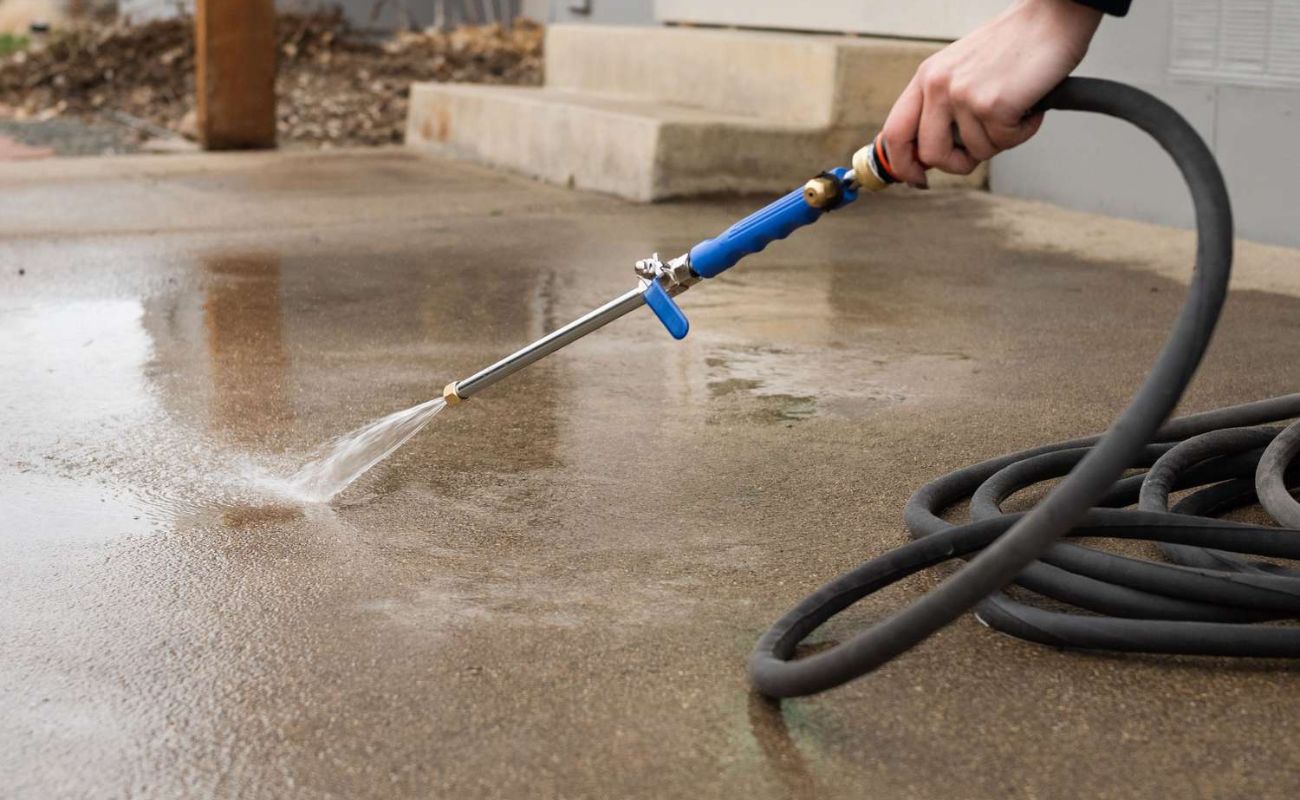
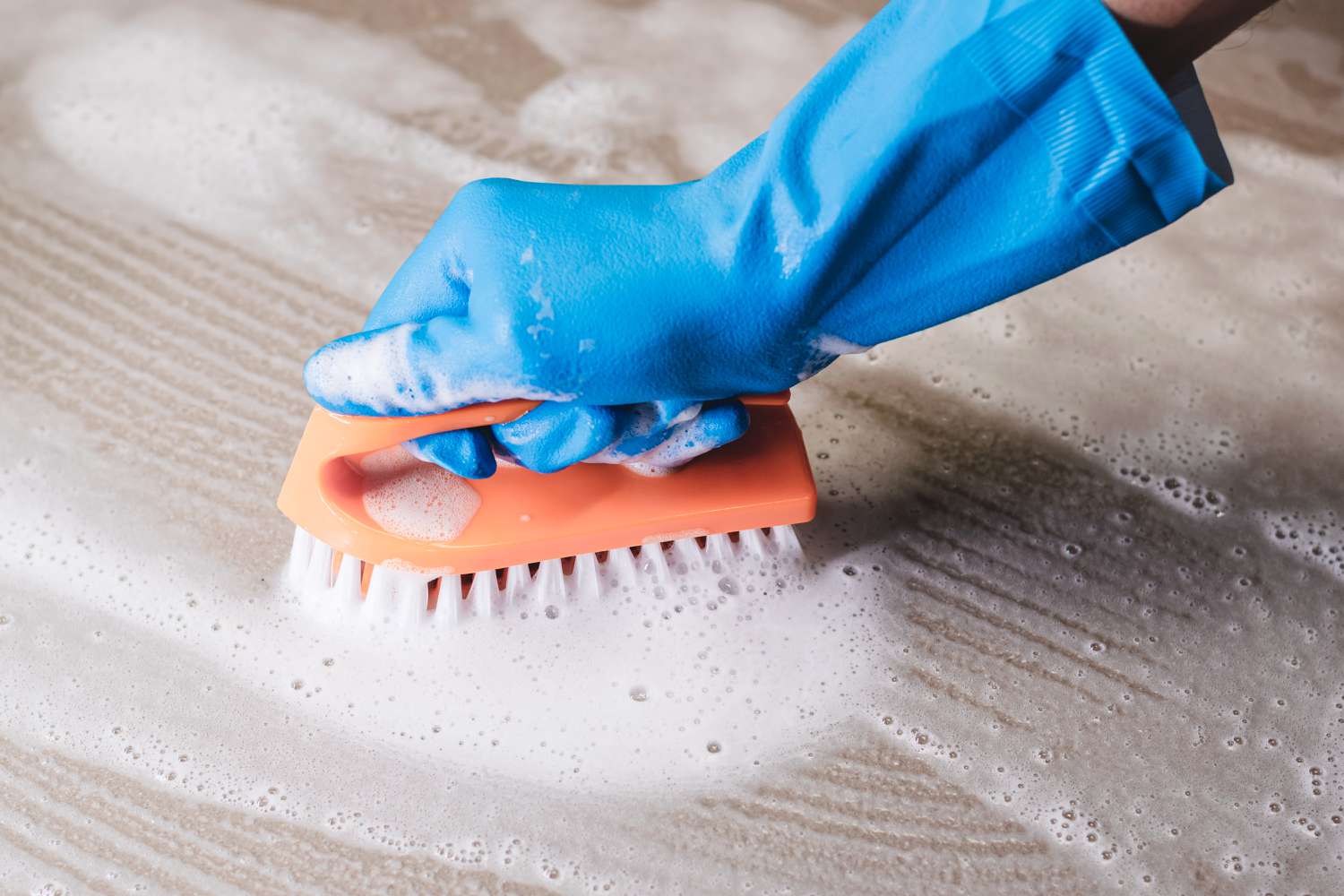

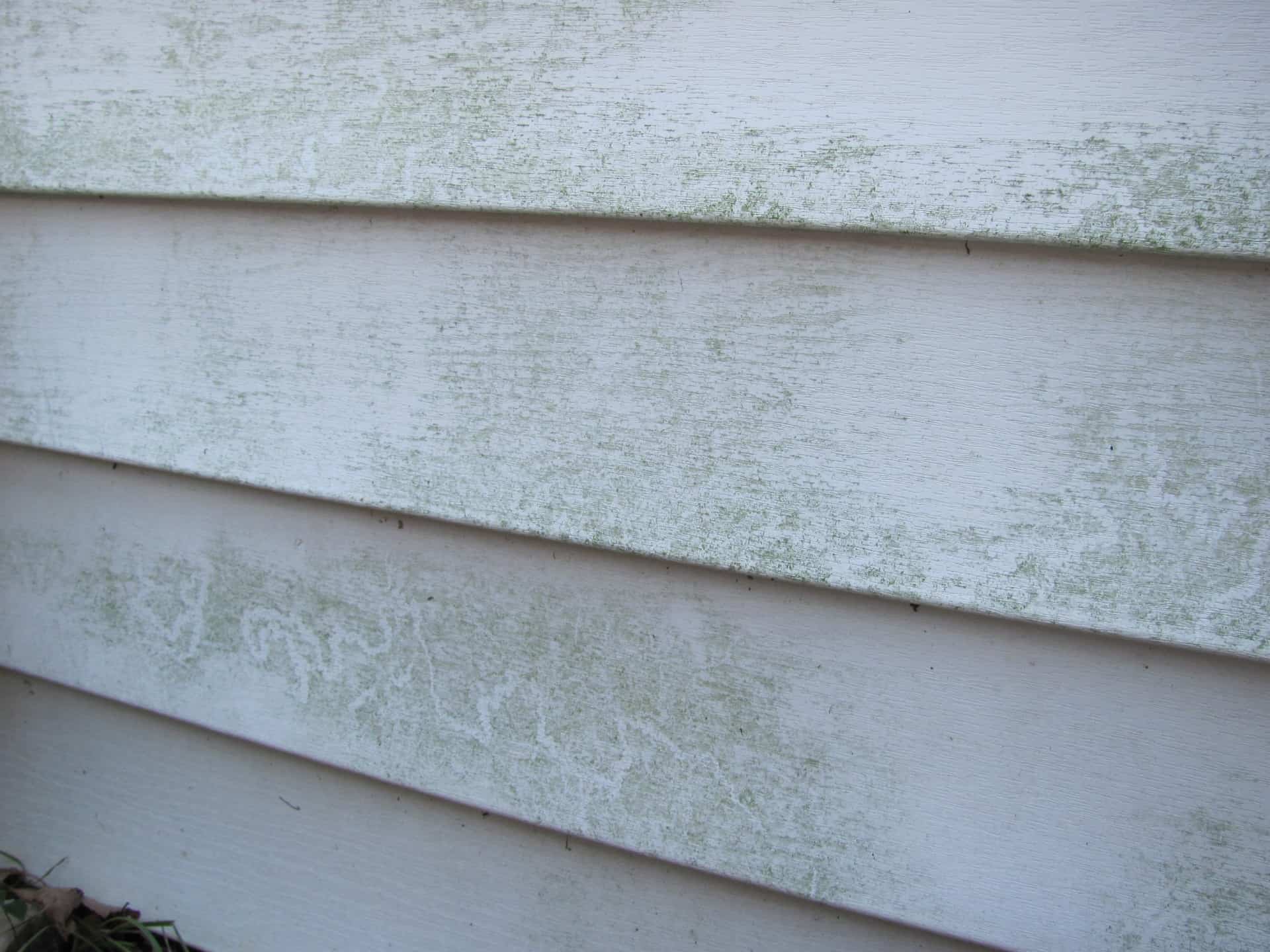
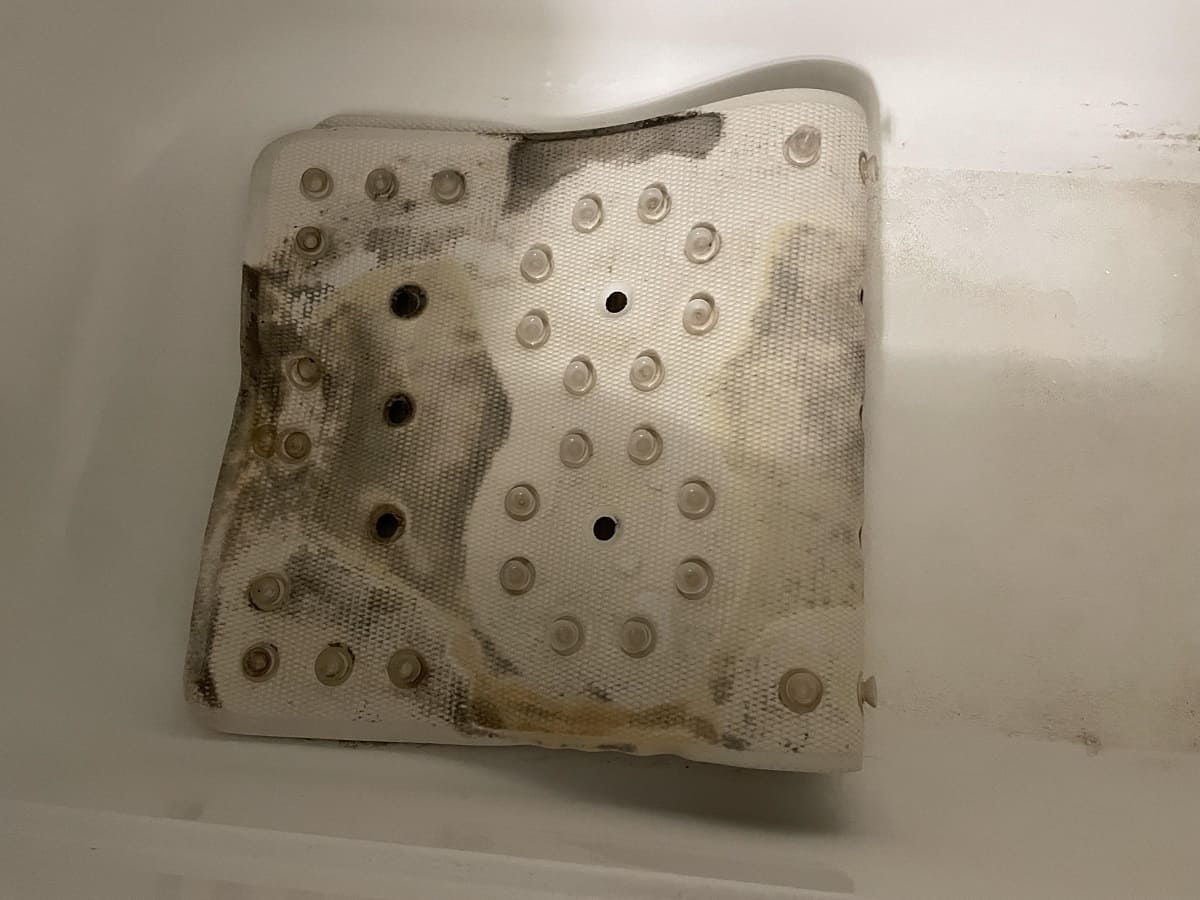
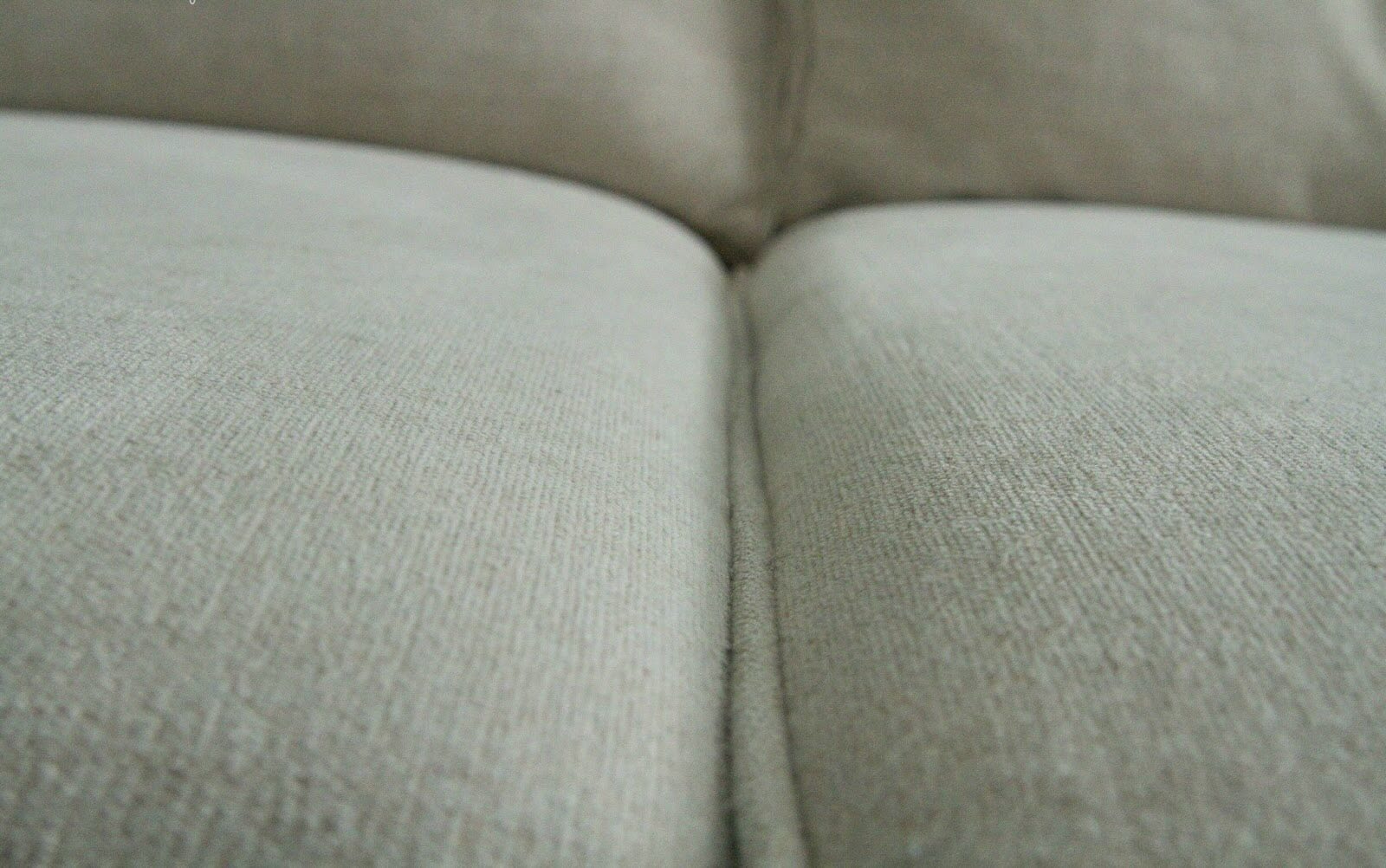
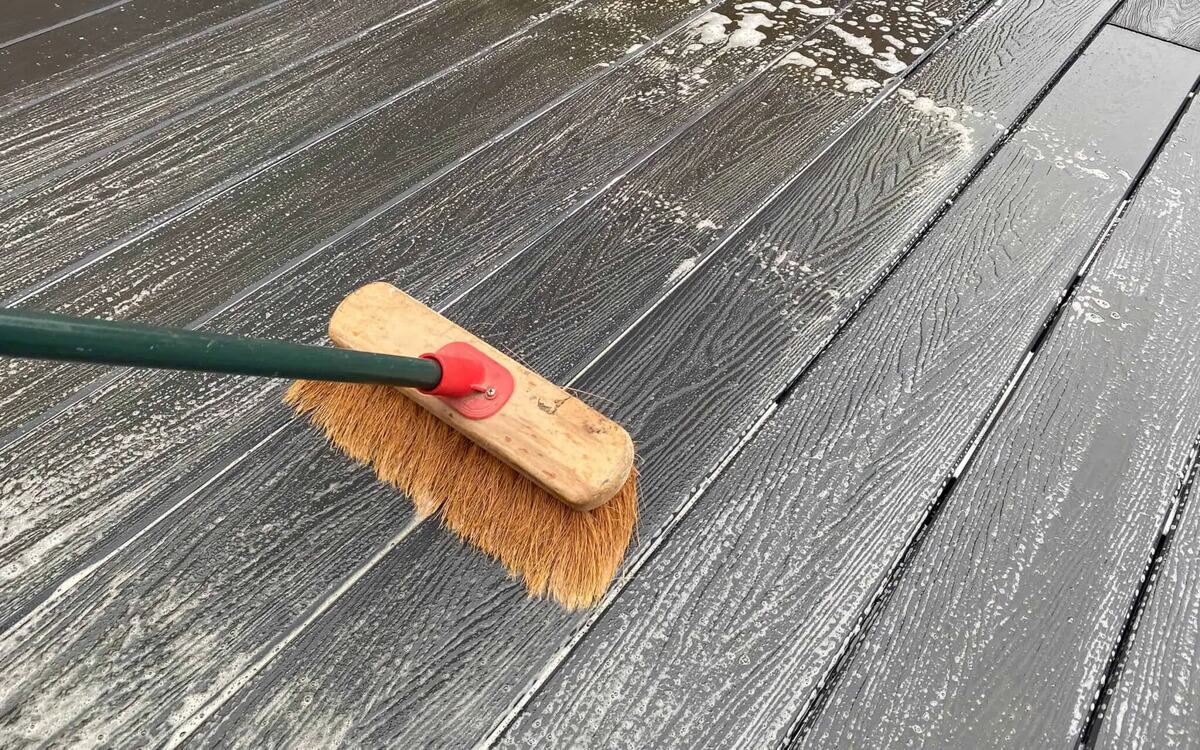
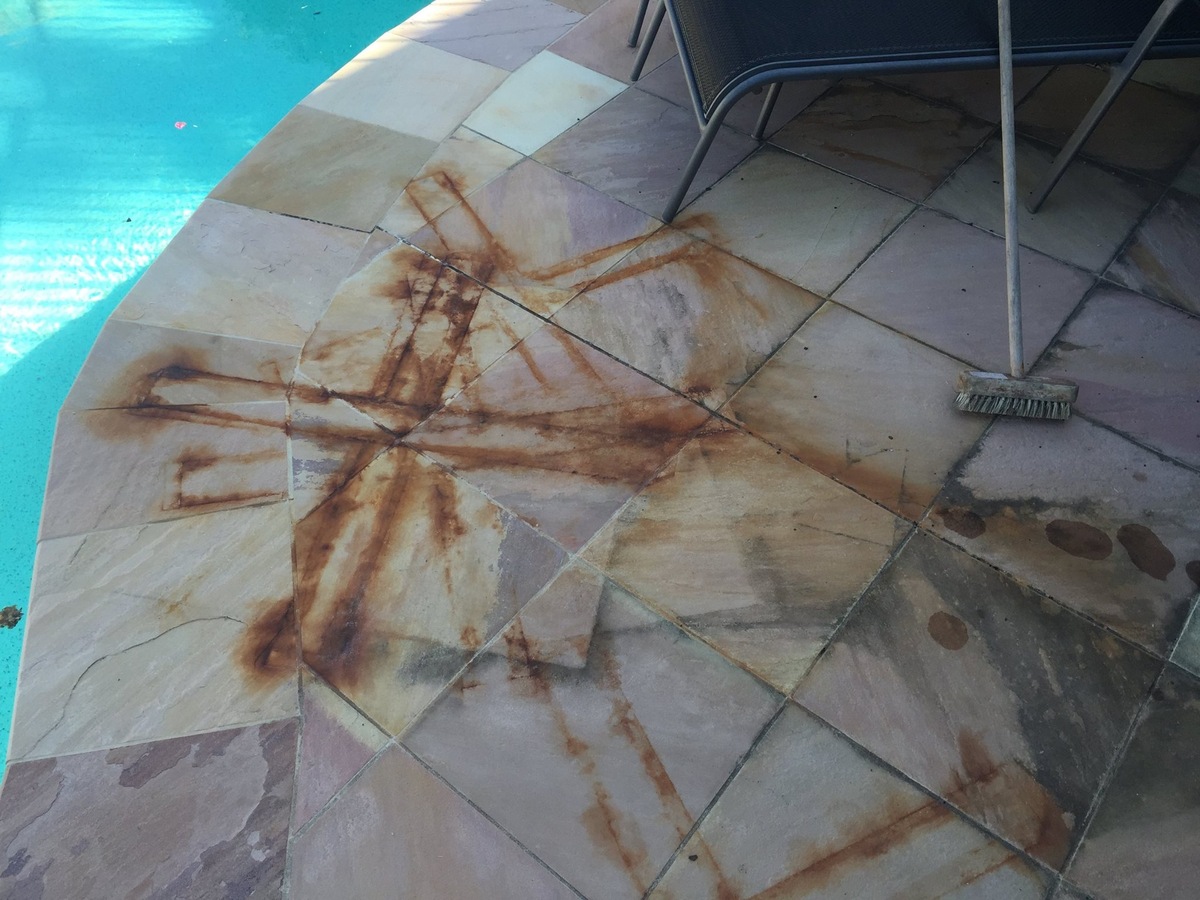
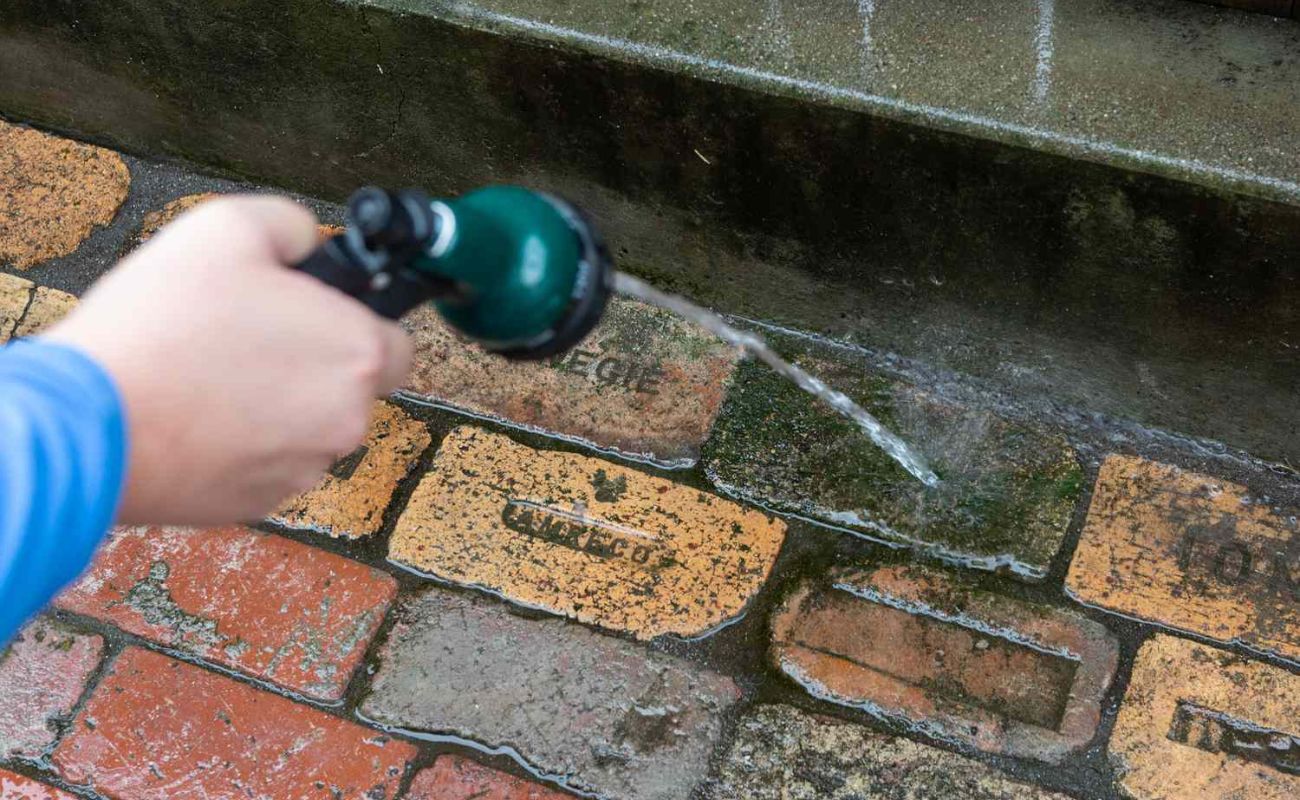
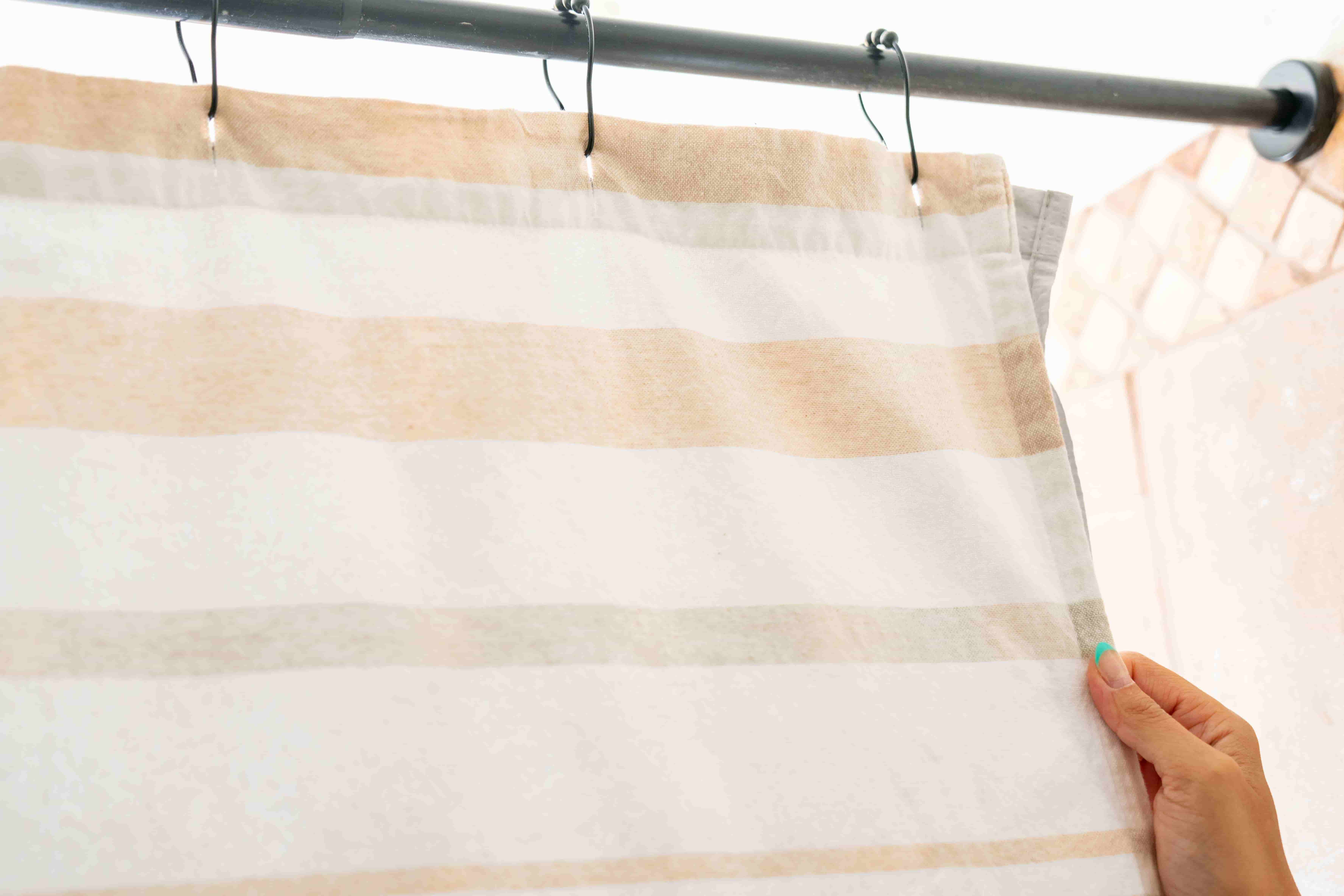
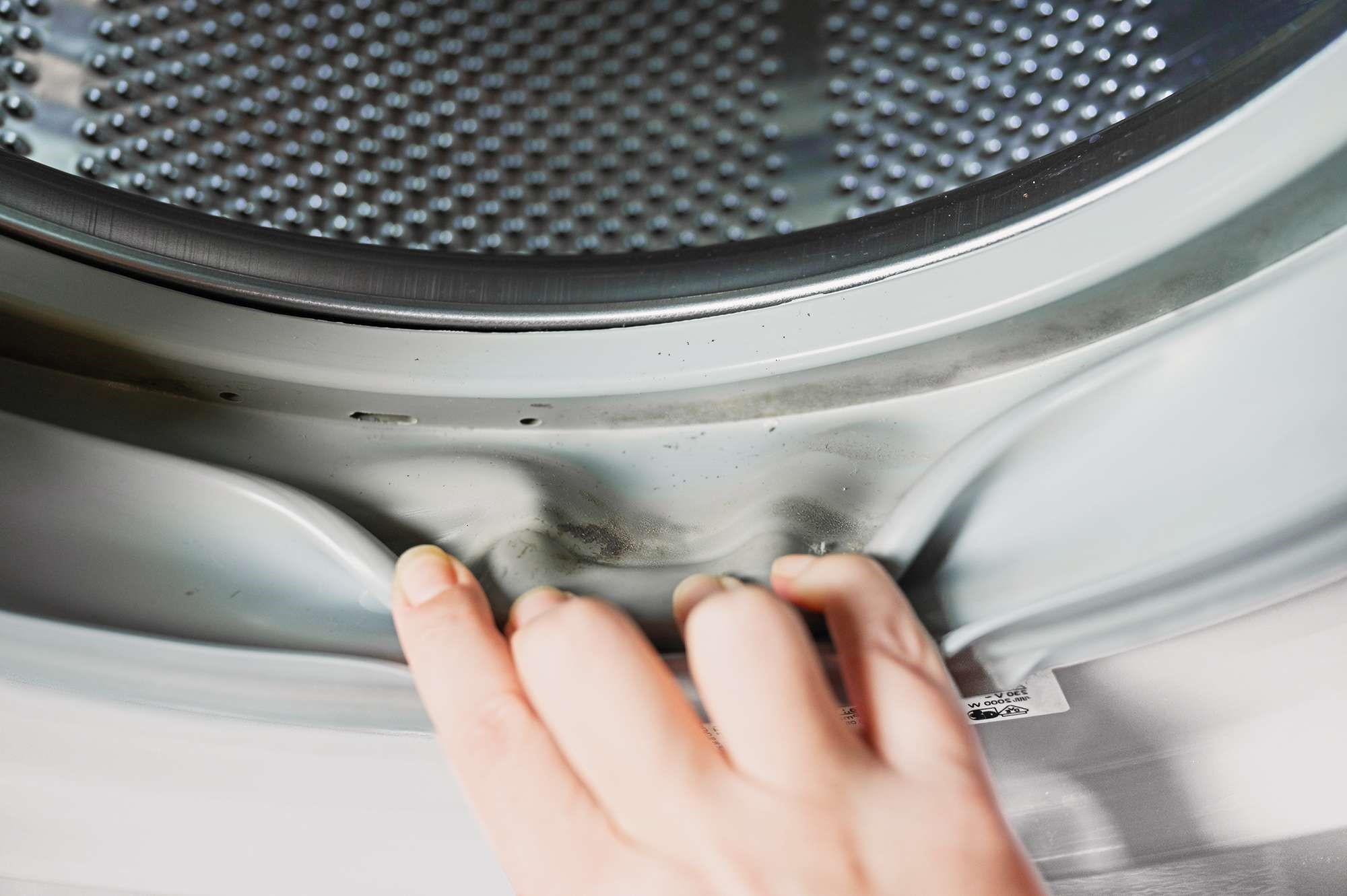
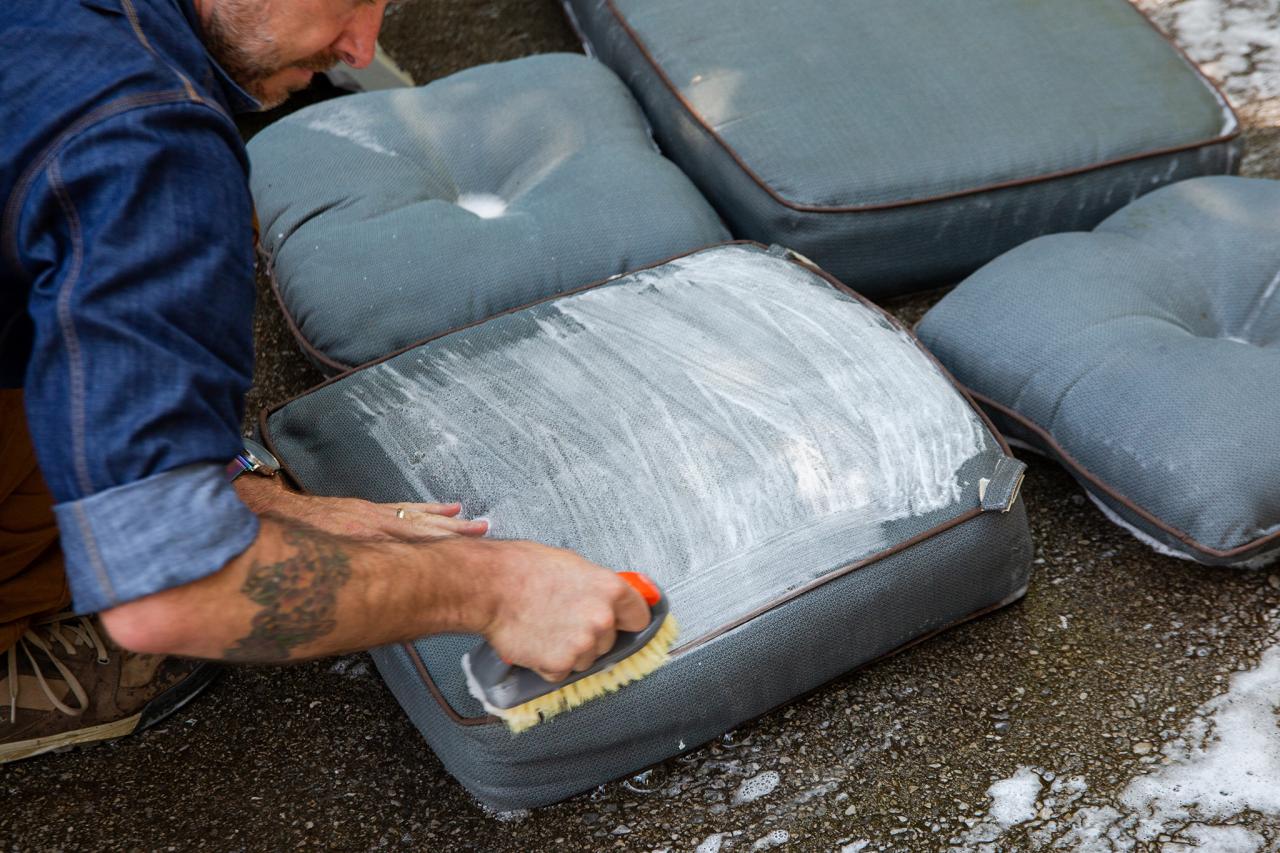
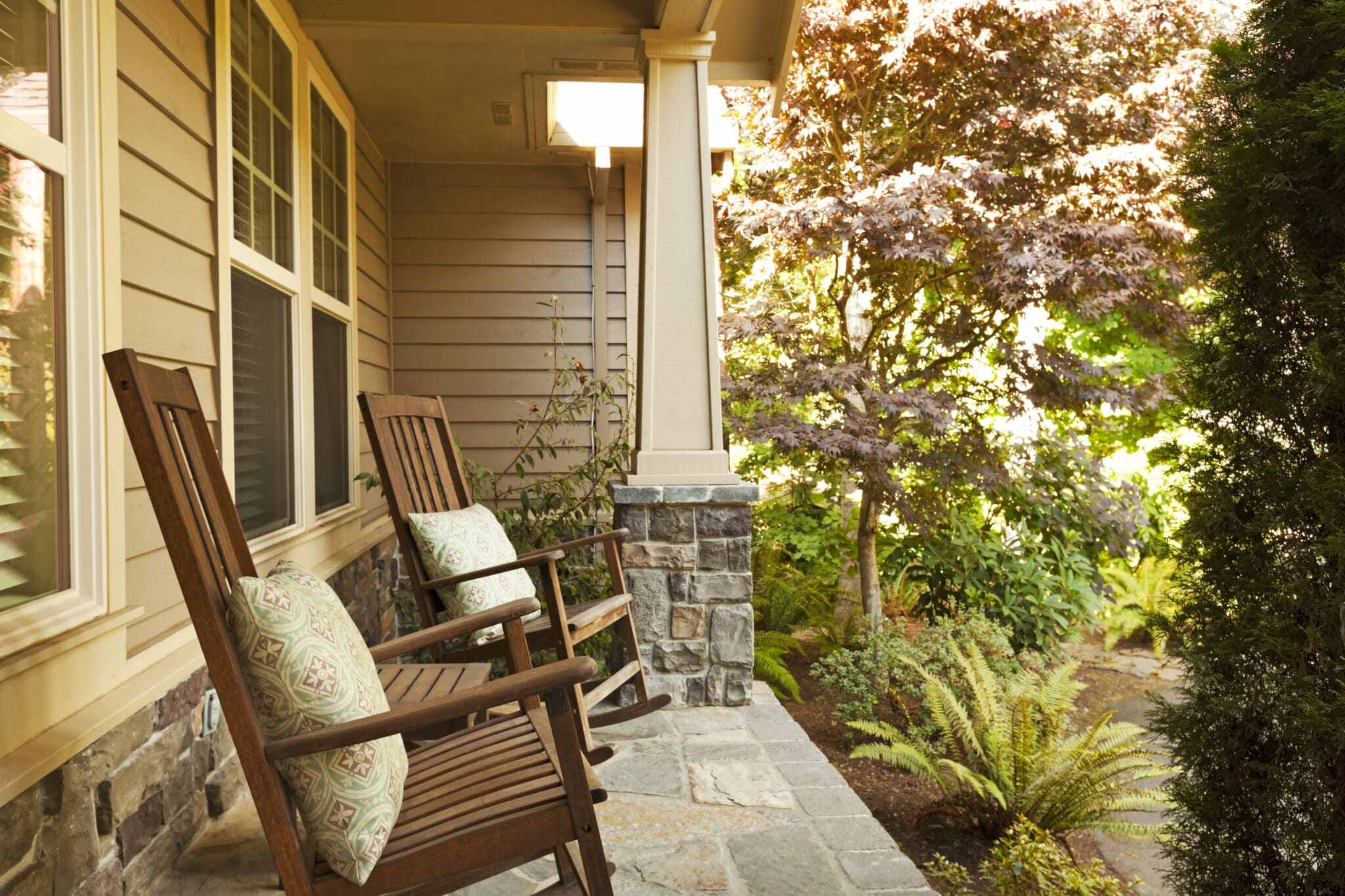

0 thoughts on “How To Get Mold Off Of Patio Cushions”